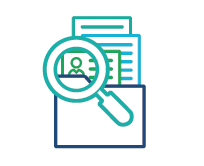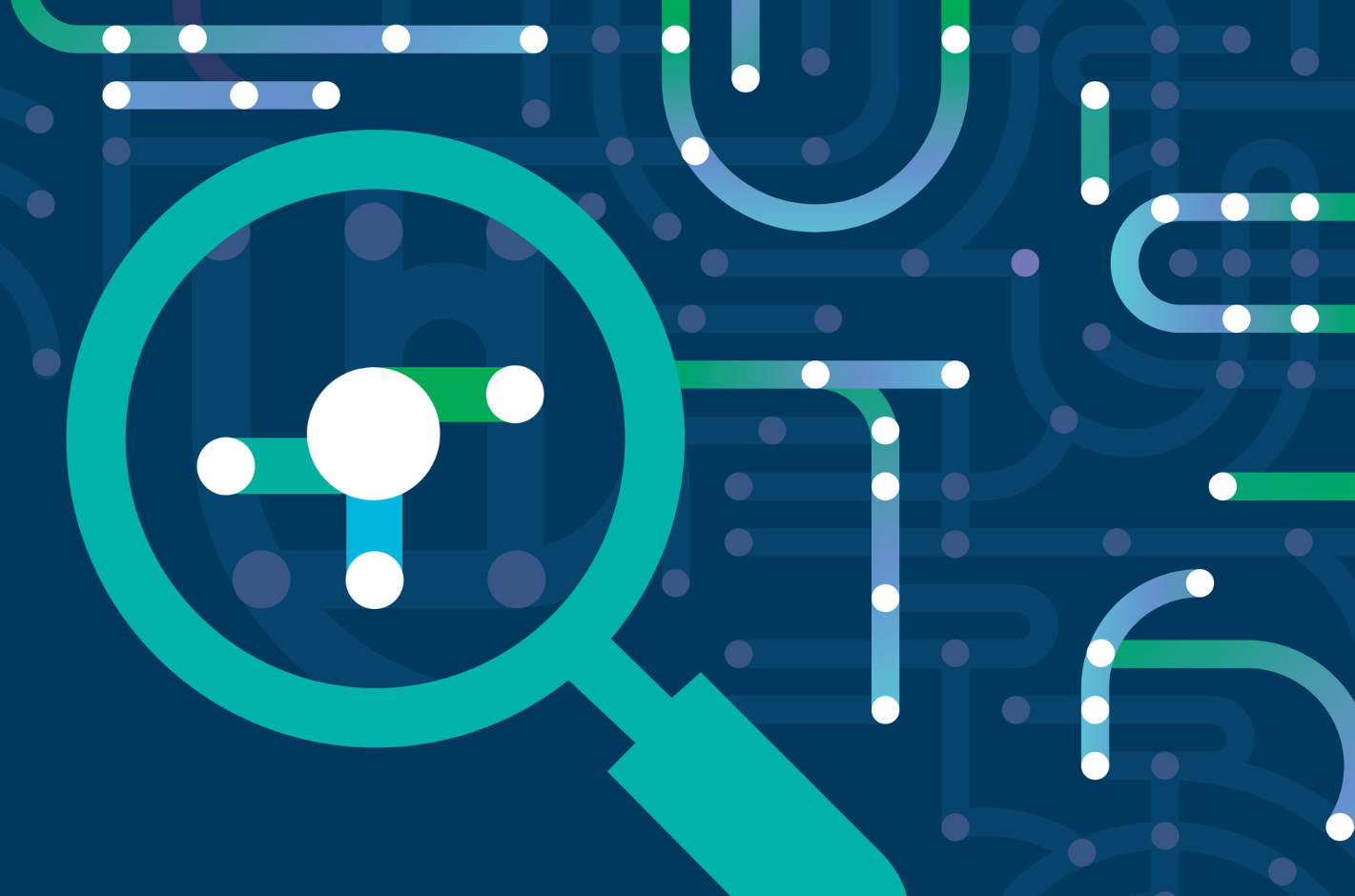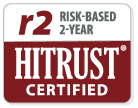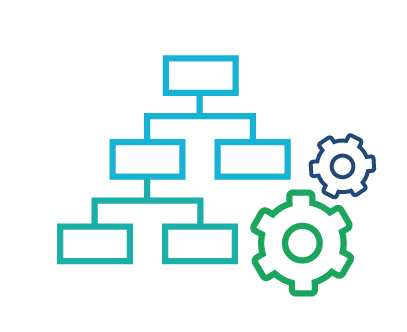

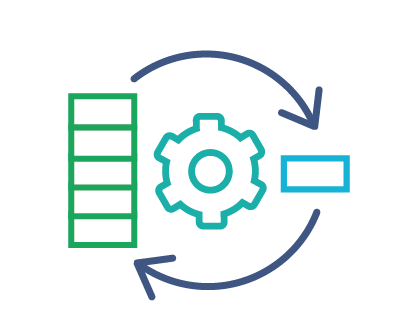
- What questions must we answer for each major user type?
- What information is necessary to answer them?
- How should the user’s intended use of this data impact its format?
- What is the easiest and shortest way to express the needed information?
- How do we foreground the most important points in our communications?
- How will we measure the success of our approach from the user’s viewpoint?

